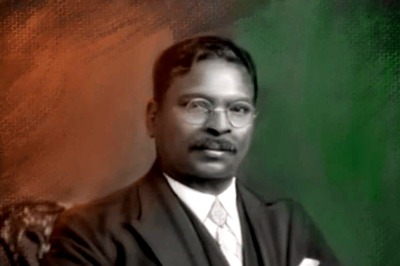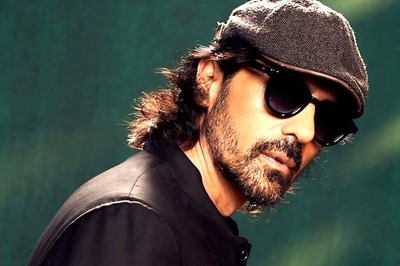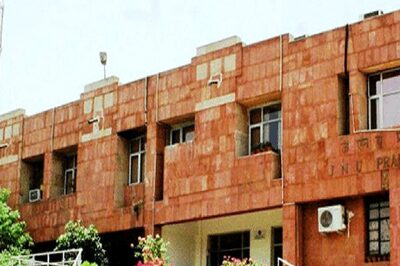
views
In a groundbreaking move to prioritize road safety, the Ministry of Road Transport and Highways in India is all set to launch the Bharat New Car Assessment Programme (Bharat NCAP) tomorrow.
This program is poised to align India’s safety standards with those of leading nations, including the US, Europe, Japan, Australia, and Latin America, all of which have established their own NCAPs. Through rigorous crash tests and meticulous evaluations, vehicles will be awarded star ratings, with the highest accolade being a coveted five stars.
Bharat NCAP: What It Is?
The Bharat NCAP serves as an outstanding example of consumer empowerment, allowing car buyers in India to make informed decisions by considering the star ratings assigned to vehicles. Beyond its consumer-oriented focus, this initiative also kindles a healthy competition among Original Equipment Manufacturers (OEMs) in the Indian automobile industry, spurring them to innovate and manufacture vehicles that embody top-notch safety features.
Bharat NCAP: Why Is It Important?
Road traffic injuries are a major cause of death, especially for people between the ages of 15 and 49, and the devastating effects of traffic accidents on global health are beyond dispute. Surprisingly, 1.3 million lives are tragically lost annually as a result of traffic-related accidents. Since over 90 percent of these fatalities occur in low- and middle-income nations, the Bharat NCAP aims to address this sobering reality. Notably, India’s contribution to these road traffic deaths stands at a substantial 11 percent.
Bharat NCAP: How It Works?
The Bharat NCAP’s star ratings are assigned through an array of rigorous crash tests, encompassing frontal, side, and pole-side impact assessments. The frontal crash test, executed at a velocity of 64 kmph, is mirrored by the side and pole-side tests at 50 kmph and 29 kmph, respectively. The ratings are based upon two main criteria: adult safety for front passengers and child safety for rear occupants.
To achieve the prized 5-star rating for adult safety, a vehicle must notch a minimum of 27 out of 32 possible points. Similarly, in the domain of child safety, a score of 41 out of 49 points secures the highly acclaimed 5-star rating. Furthermore, vehicles can earn additional points by incorporating features like ISOFIX anchorages, which play a pivotal role in bolstering child restraint systems.
Instead of being a mandated requirement, the Bharat NCAP fosters an atmosphere where manufacturers are encouraged to go above standard safety criteria, much like its international counterparts. This encourages healthy competition that fuels the integration of advanced safety features. For instance, obtaining a minimum of 3 stars requires the addition of technologies like curtain airbags and electronic stability control, which go above and beyond the requirements for basic approval.
Transitioning to a Safer Era: From GNCAP to Bharat NCAP
Previously, vehicles made by Indian automakers were tested as part of the Global New Car Assessment Programme (GNCAP), which is renowned for its expense and length. As opposed to the preceding GNCAP, which only included a single frontal crash test, the Bharat NCAP represents a complete approach to safety evaluation. Chest load measurements on crash test mannequins have also undergone additional improvement.



















Comments
0 comment